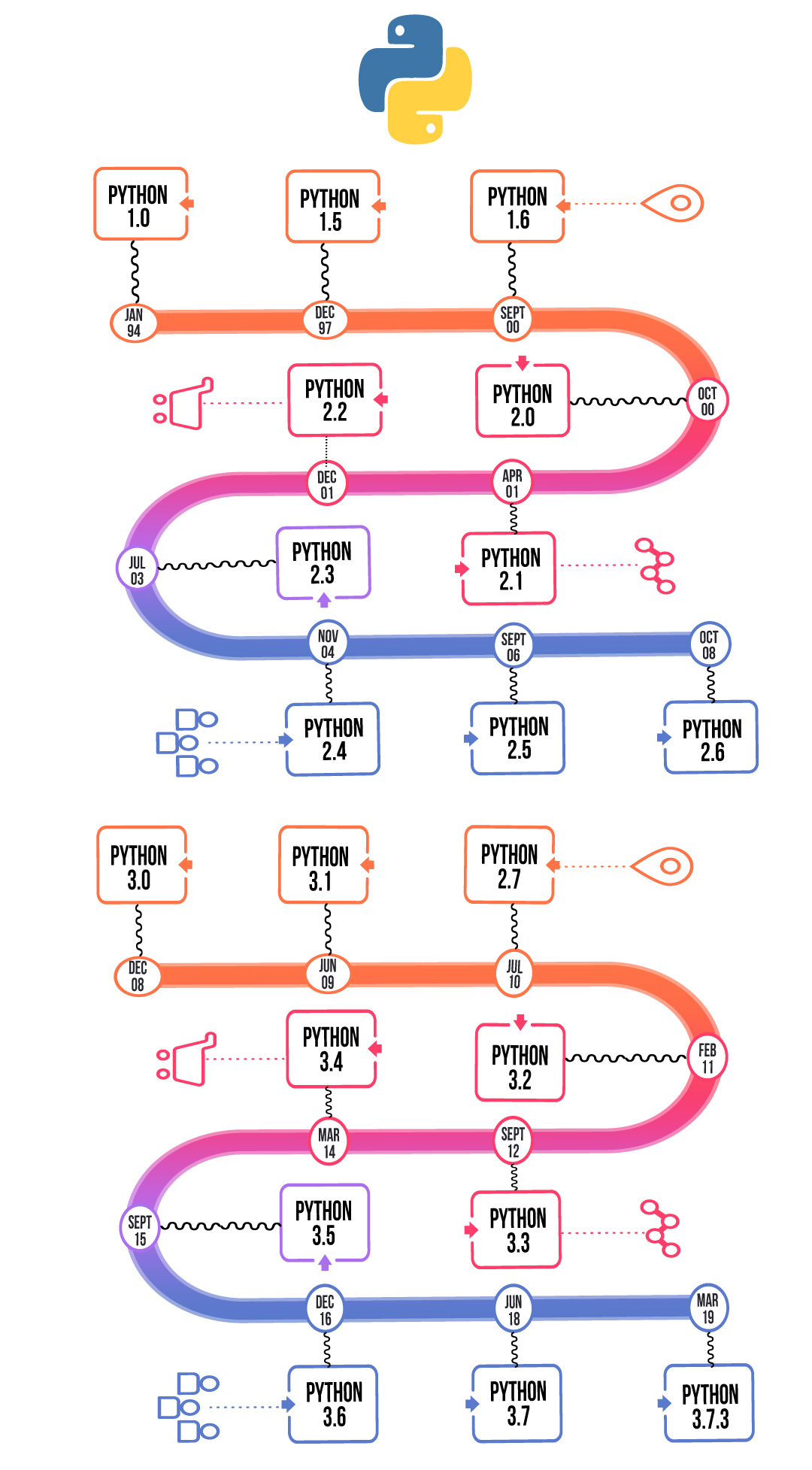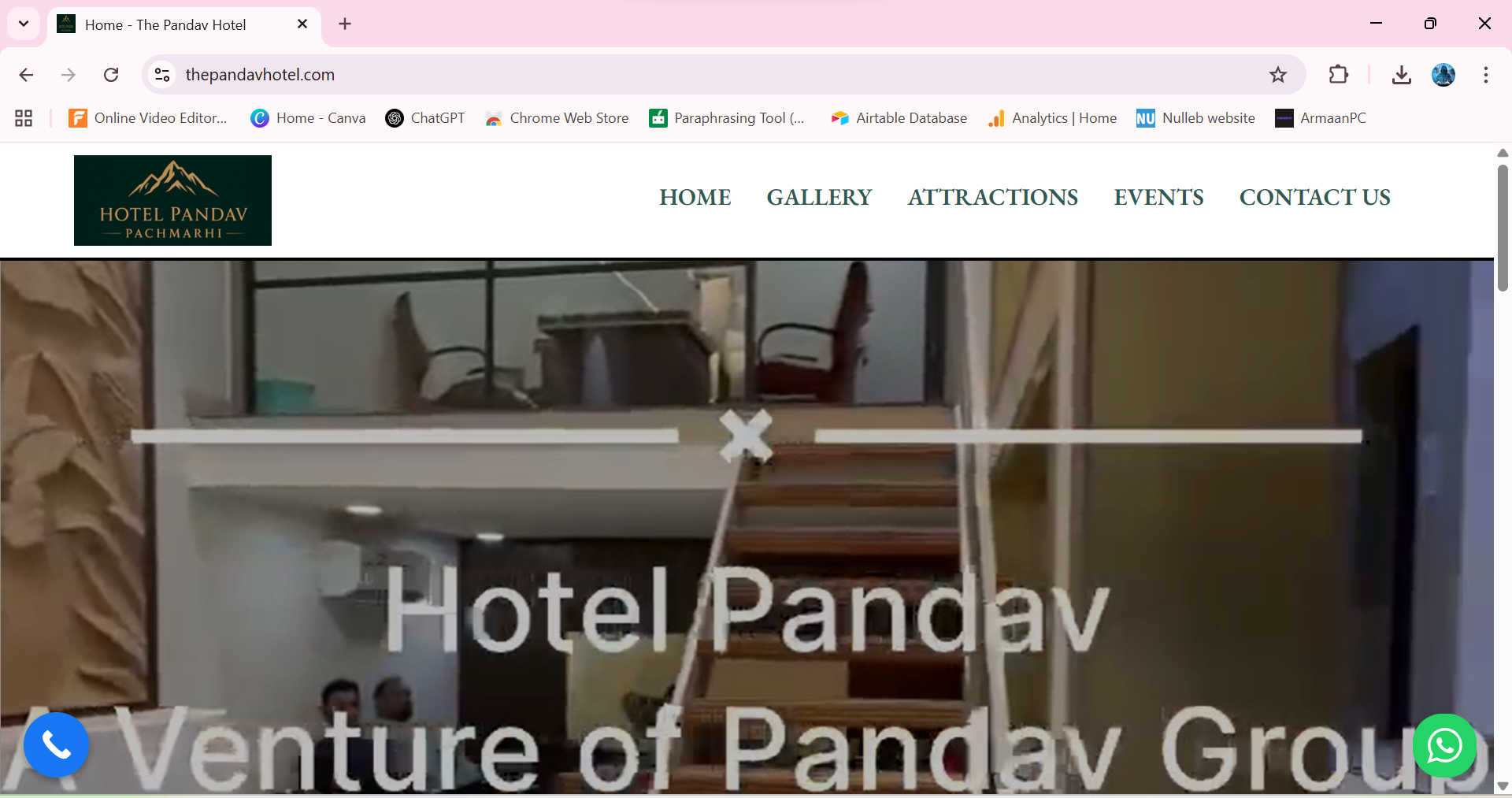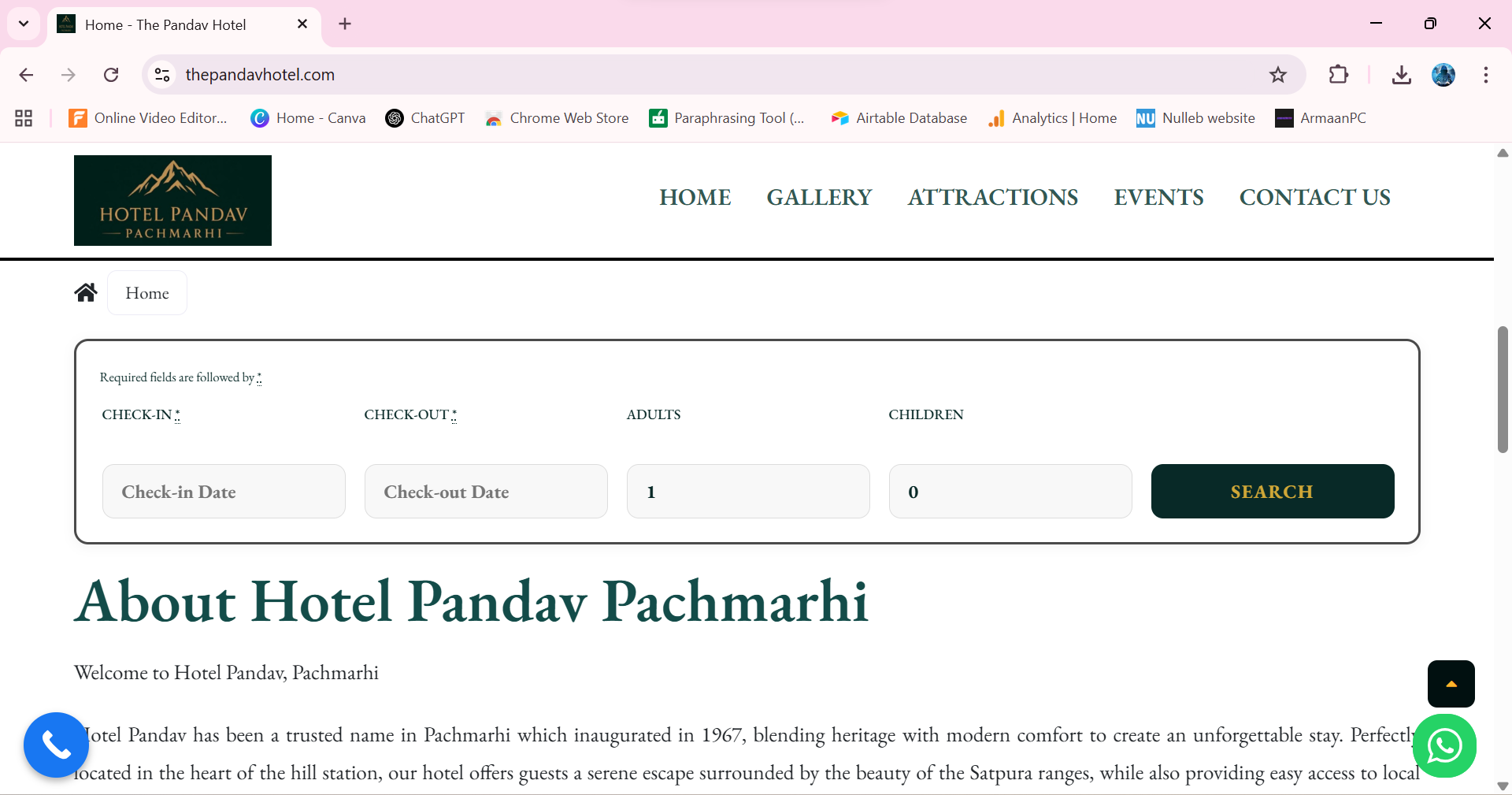Our Projects
Basic Website Design Startup Only Rs. 8000
E-commerce Website With Advanced Feature Started at Rs. 15,000
Hotel Website Design Startup Only Rs. 10,000
How to Create a Spotify Playlist Hands-Free | Frontend Design Project || 2024
Python History | Python Programming Language
Python, created in 1991 by Guido van Rossum and developed by the Python Software Foundation, is a popular high-level programming language with a focus on code readability. Its syntax enables programmers to express concepts with fewer lines of code.
Who Invented Python?
History was to be written in the late 1980s. That was when Python development began. Soon after, in December 1989, Guido Van Rossum started working at Centrum Wiskunde & Informatica (CWI), located in the Netherlands, undertaking application-based work. He began it as a side project because he needed something engaging to do over the Christmas break.
Python is supposed to have succeeded in the ABC Programming Language, which interfaced with the Amoeba Operating System and had exception handling. He had previously helped build ABC and had noticed some flaws with it, but he enjoyed the most of its features. After that, he did something incredibly brilliant. He had stolen ABC’s syntax and some of its positive aspects. It also received several complaints, so he thoroughly resolved those difficulties and produced a good scripting language that had all of the defects removed.
Why is Python named Python?
The name was inspired by the BBC’s TV show “Monty Python’s Flying Circus,” since he was a great admirer of the show and wanted a short, original, and slightly mysterious name for his creation, so he titled it Python! He was the “benevolent dictator for life” (BDFL) until he resigned from his post as leader on July 12, 2018. He used to work for Google for a long time before joining Dropbox.
The Evolution of Python
The language was officially released in 1991. When compared to Java, C++, and C, it employed far less codes to describe concepts at the time of release. Its design philosophy was also pretty good. Its primary goal is to promote code readability and increased developer productivity. When it was first launched, it was more than capable of providing classes with inheritance, numerous essential data types for exception handling, and functions.
The following are illustrations of several Python versions, as well as a timeline.

The two most often used versions are Python 2.x and 3.x. There is a lot of competition between the two, and each appears to have a diverse audience. You may also refer to the page below to discover how to obtain the newest version of Python on your machine.
Download and Install Python 3 Latest Version :
https://programmingwithjitendra.in/download-and-install-python-3-latest-version
This programming language is used for a variety of applications, including development, scripting, creation, and software testing. Top technological companies like as Dropbox, Google, Quora, Mozilla, Hewlett-Packard, Qualcomm, IBM, and Cisco have adopted Python because of its elegance and simplicity.
Python has gone a long way to become the most widely used programming language in the world. Python has just turned 30, and at pycon22 (the Python conference), the Anaconda foundation released a new feature called pyscript, which allows Python to be written and run in the browser like Javascript, which was previously impossible, but it still has that unknown charm and X factor.
Notes: Python has served as an inspiration for several other coding languages, including Ruby, Cobra, Boo, CoffeeScript, ECMAScript, Groovy, Swift, Go, OCaml, Julia,
Conclusion
Python’s history demonstrates how it rose to prominence in the programming world as a result of its ease of use and strong community support. For anybody interested in learning programming, starting with our course is an excellent approach to gain skills rapidly and open up new work prospects. Python is not only simple to learn, but it is also backed by an active community that is always working to improve it. Python’s ubiquity and widespread use in a variety of sectors make it an excellent choice for professional advancement.









